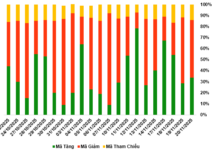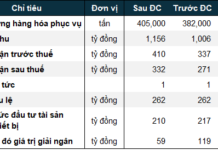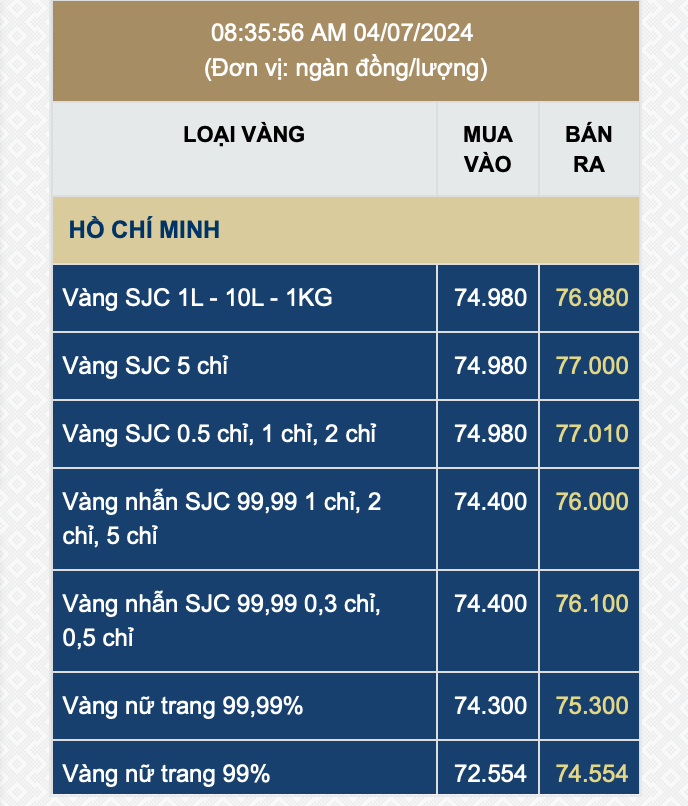
OCB OMNI – the fully featured digital bank is gaining popularity in the market. |
Recognizing pure digital banks
The birth and development of new banking models (Neobanks) are considered a prerequisite for the development of pure Internet banks, also known as pure digital banks. Although many materials equate these two types, the term new bank is mainly used in the European and American markets to refer to non-banking organizations that are not fully licensed as full-fledged banks but can still participate in limited supply of basic banking services. In which, the payment deposits in these new style banks are not insured by the national deposit insurance mechanism. Meanwhile, the Asian and British regions usually use the term pure digital bank to refer to independent banks that are licensed to operate banks with the full range of business operations.
Different from online banks and electronic banks (Internet banking/mobile banking), pure digital banks are not a part of traditional banks, not a business channel, an extension, nor a mobile Internet-based service deployed by traditional banks.
In summary, pure digital banks are independently established and operated banks, meaning that the bank entity is established and managed by the state as an independent type of bank. Usually, behind pure digital banks is a partnership between traditional banks and a financial technology (Fintech) solution provider.
In essence, pure digital banks can be seen as revolutionary Fintech applications, breaking away from traditional conventional norms, without requiring paperwork and branches. All business operations are carried out entirely through online channels supported by digital technology.
|
Regulations on controlled experimentation mechanisms (sandbox) in the banking sector have been officially legalized and this can be seen as a space and opportunity for the emergence of pure digital banks in the future as a test business model. |
Considering from the perspective of digitizing banking operations, pure digital banks are at the highest level of digitization (level 1 is digitizing communication channels with customers, and level 2 is digitizing banking operations). The business goal of pure digital banks is usually aimed at small and micro customers, young people, the elderly, and those who are often underserved due to lack of access to traditional banking services.
Therefore, this model somewhat changes the context of the financial ecosystem and the way the banking system operates, both improving operational efficiency and facing challenges in terms of sustainability, security, and privacy.
The digital banking landscape in Vietnam
The digitization of banking activities is a strategic mission and has an important position in Vietnam’s digital economic development goals. For example, in 2022, the Prime Minister issued Decision 689/QD-TTg approving the Project “Restructuring Credit Institutions Associated with NPL Processing Phase 2021-2025”, in which developing digital banking models and enhancing customer experiences are among the goals towards comprehensive and sustainable finance development.
Regarding commercial banks, digital activities have been implemented earlier. According to the evaluation of the research group of PhD. Can Van Luc, banks in Vietnam are at level 2 in the digitization process of banking activities, which means they have implemented digitization in business activities. Banks have been and are applying digital technology step by step to deploy digital banking models as a part, a business channel alongside traditional business channels.
Payment activities can be seen as typical evidence of the digitization process of banking activities. According to statistics from the State Bank, in 2023, non-cash payment transactions reached 11 billion transactions with a value of over 200 million trillion VND. Of which, more than 9 billion transactions were made through the Internet and mobile phones. In addition, deposit and lending activities can be fully conducted online within a certain scope.
Meanwhile, the pure digital banking model as an independent legal entity separate from traditional banks has not yet appeared in Vietnam. The main reason is the legal barriers. Because the existing Law on Credit Institutions does not have any regulations on digital banks in general and pure digital banks in particular. It only stops at some regulations on implementing banking activities through electronic means.
Looking at the overall context, it can be seen that digital banks in Vietnam have appeared and developed, but mainly deployed as an extension of traditional banks. The emergence of pure digital banks is still a story of the future and the prerequisite conditions must come from creating a legal space for this banking model.
The Law on Credit Institutions 2024 was passed to replace the current Law on Credit Institutions and took effect from July 1, 2024. Being built in the context of the strong digital transformation of the banking industry, the new law is expected to be a launching pad to promote the development of new banking models based on the efficient exploitation of the digital technologies of the era. Therefore, right from the early stages of the law-building process, regulations on defining digital banks and the supportive, promotive, and regulatory regulations for this banking model are considered one of the core policies of the draft law.
As a result, a series of regulations on implementing banking activities through electronic means were added and legalized. Some typical provisions include: (i) the principles of electronic transactions in banking activities; (ii) specific regulations regarding electronic lending activities related to approval, assessment, examination, use of loan capital, and loan dossier storage; (iii) regulations on the responsibility for enacting internal regulations in implementing electronic business operations; (iv) amending and supplementing, clarifying provisions on ensuring the safety of electronic transactions in banking activities; (v) regulations on the responsibility of credit institutions in the event of suspending electronic transactions.
The new amended, supplemented provisions will create a fairly basic legal framework for banks to have more confidence in promoting the digitalization of business activities, thereby promoting the development of the digital banking model within traditional banks.
However, the Law on Credit Institutions 2024 does not include any provisions containing the term “digital bank”. This means that the future of the emergence of pure digital banking models is still uncertain.
In fact, right from the early versions of the draft Law on Credit Institutions (amended), the drafting committee devoted one provision to define digital banks and determine the regulatory principles for this banking model. However, this provision has received a lot of opposing opinions, even objections from many banks.
According to the proposed definition, a digital bank is “banking activities that credit institutions and foreign bank branches apply technology to digitize the entire business process or cooperate with third parties to allow customers to access and use one or more banking services completely in a digital environment” and credit institutions wishing to implement digital banking activities must be licensed.
This proposal was opposed for two main reasons: (i) the content of the definition was determined to be inappropriate, too general, ambiguous, and unable to distinguish from activities of electronic banking/transactions in banking activities; (ii) the licensing requirement created administrative procedure burdens and legal risks for banking activities that have been digitized and implemented. After a series of opinions, the drafting committee accepted and removed the provision for “digital banks” from the draft law.
The author believes that the opinions from many credit institutions are justified because obviously, the content of the definition of a digital bank has been determined to be inaccurate and incomplete. Because the digitization of banking activities of traditional banks is essentially a change in tools, means, and methods of implementing business activities rather than a new business activity. Therefore, the requirement for a license is unnecessary because these business activities have been recorded in the establishment license. These activities will still be implemented based on the platform of regulations governing traditional business activities supplemented by aspects related to digitization such as technology, safety, security, internal processes, and risk management.
Instead, the business model needs to be adjusted and licensed as a pure digital bank. Unfortunately, this did not happen.
However, the space for pure digital banks is not nonexistent. Because the regulations on controlled experimentation mechanisms in the banking sector have been officially legalized and this can be seen as space and opportunities for the emergence of pure digital banks in the future as a test business model.
Lưu Minh Sang – Nguyễn Ngọc Phương Hồng (University of Economics and Law, VNU HCMC)





































